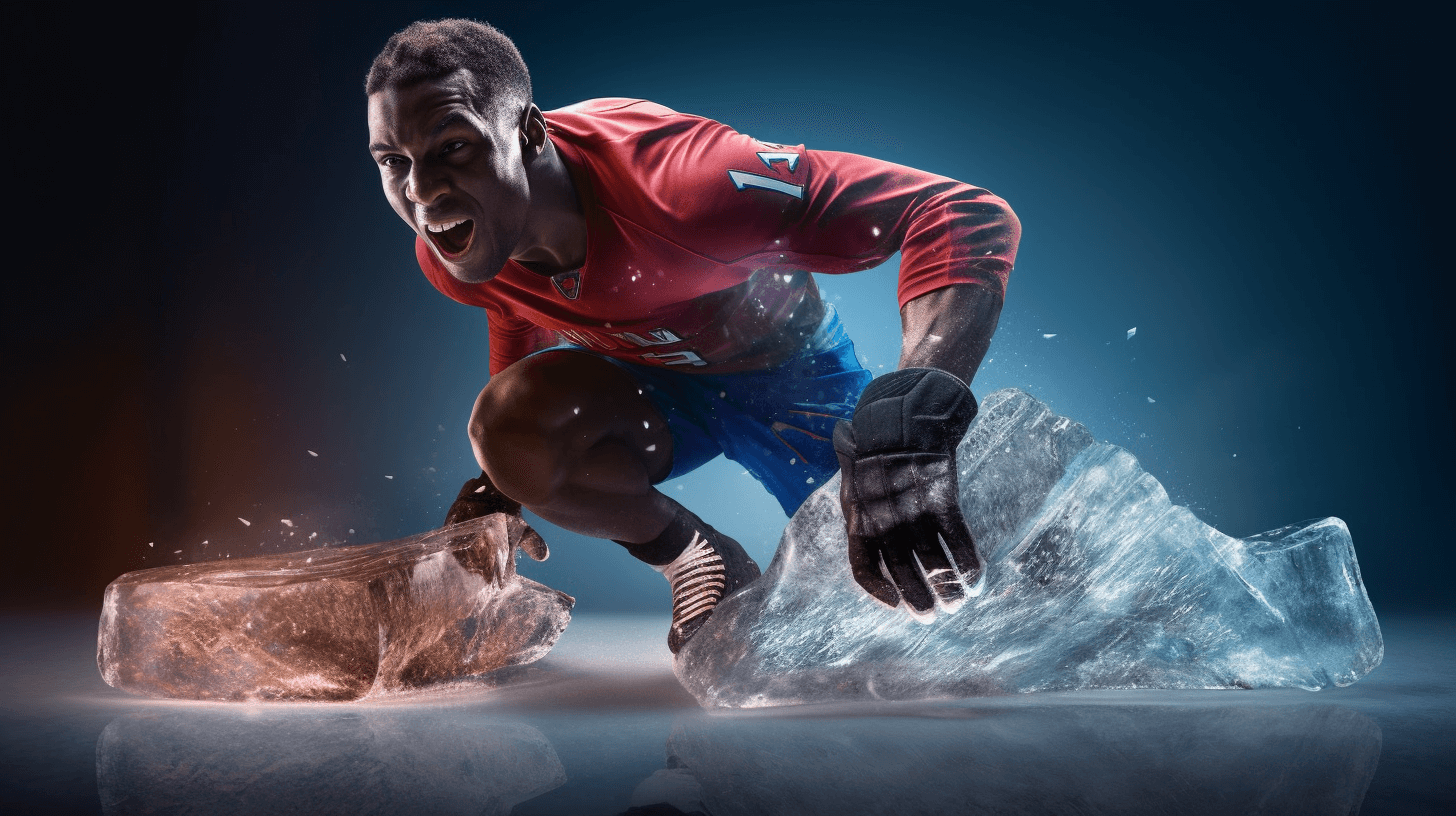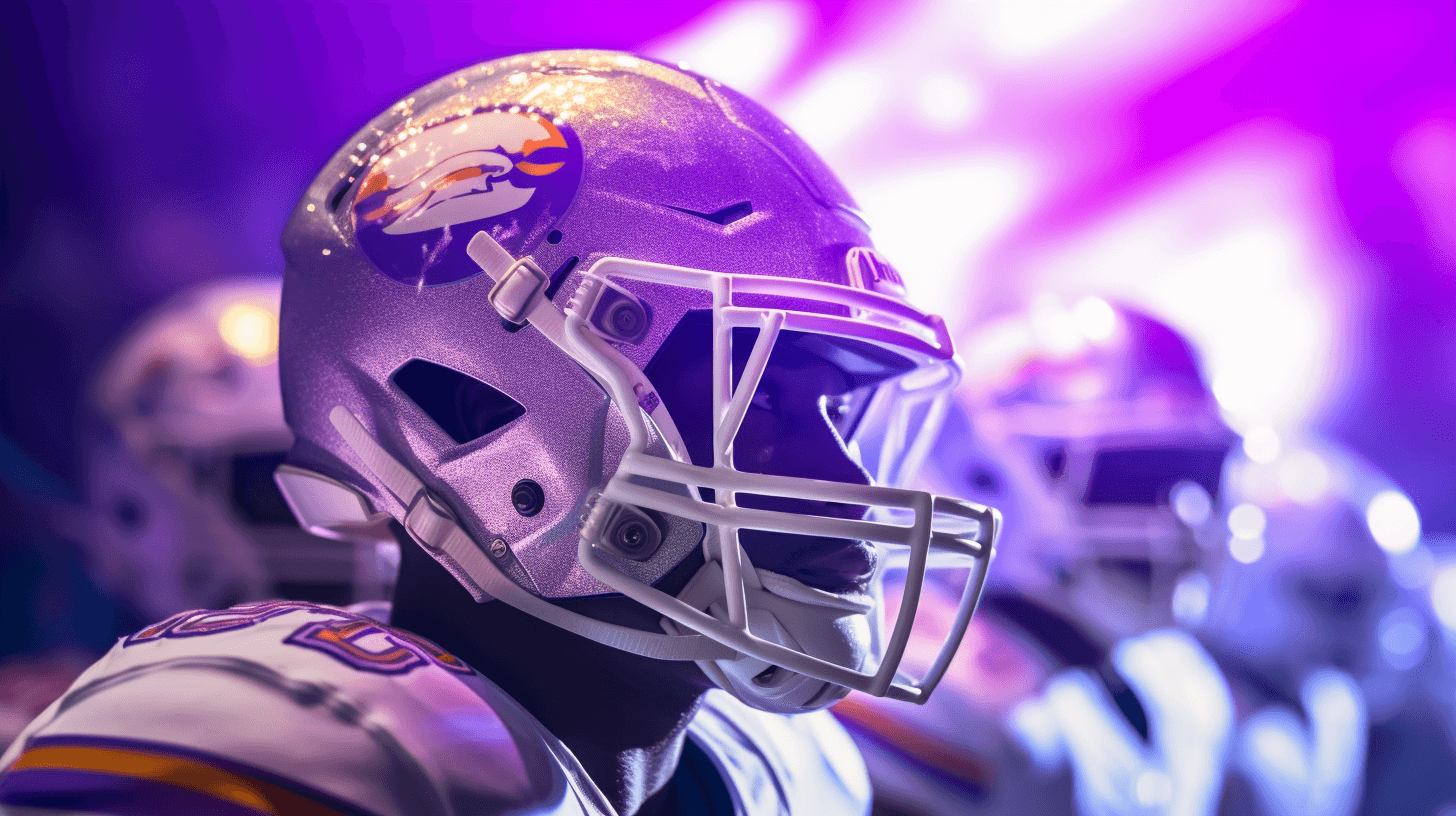🩹🔥❄️ No Moa Ice Pack: Check da Betta Way Fo Heal Workout Kine Injuries 🤔💪
Befo time, da doctors wea stay work wit da sports guys wen go tell dem fo use da R.I.C.E. style — rest, ice, compression, elevation — fo da kine muscle injuries, yeah? But now, da advice stay changing.
Long time ago, wea get sprains and strains, da doctors wen tell dem fo do da R.I.C.E. stuffs — rest, ice, compression, and elevation. 🏥🏋️♀️🍚🧊
Da one R.I.C.E. style still stay good and plenty people use ‘um, but get some sports medicine doctors, even da one who wen first say R.I.C.E., dem guys stay change dea advice now. Moa movement, no need rest so much, can help fo get betta in some cases, and da ice no always da best. ❄️🔄🛌
One doctor, Gabe Mirkin, who wen make up da R.I.C.E. word, he stay retired now but he said, no good fo follow dat way now cuz get proof dat, fo some kine injuries, rest and ice can slow down da healing, no help ‘um. 🥼👨⚕️🛑🧊
Now, Dr. Mirkin tell people fo try move little bit afta get hurt, long as no moa pain, especially fo da injuries wea come cuz do same thing too much. “Da big rule is, listen yo body cuz you feel pain wen you stay do sometin no good,” Dr. Mirkin said. “Plenny injuries cuz people tink dey can just keep goin wit da pain.” 🏋️♀️💪🚫
Get some new styles fo help wit da healing, like da one dey call “M.E.T.H.” — movement, elevation, traction, and heat — o “P.O.L.I.C.E.” — protection, optimal loading, ice, compression, and elevation. 🔄⬆️🔥👮♀️
Wen fo use da ice, wen fo use da heat? 🤔🔥❄️ Get plenny clinics and health care people, even da National Health Service in Britain, dey tell people fo put ice on da hurt part fo 20 minutes every two to three hours afta get hurt, but da science people no can agree if da ice really help.
One odda doctor, Julie Han, she work wit sports medicine at NYU Langone Health, she said no get one right o wrong answer if fo use heat o ice, and she tell dat neitha one going make da injury get all betta.
“Not going make anyting all betta, not going slow you down if you pick one ova da odda,” she said. “Dey jus like techniques dat can help fo make da symptoms feel betta.” 💁♀️🤷♀️
Usually, she tell people fo use ice da first week or two afta da injury wen get swell or bruise, and then change to heat therapy fo help da muscle relax and get warm if stay stiff. But no get one solid rule, she said.
“Pick da one dat feel moa good fo you,” Dr. Han said. Get dis kine medicine, like ibuprofen, and physical therapy, dose ones work da best, she said.
One guy name Corey Kunzer, he da boss fo da physical therapists at da Mayo Clinic in Minnesota, he say he usually tell people fo use ice right afta get hurt fo help wit da pain, and dat both ice and heat can help. He usually say fo use heat in da morning, when da muscles stay stiff, and ice in da evening.
Ice is da “safest kine pain medicine we get now,” Dr. Mirkin said. But also, da ice can slow down da inflammation, wea we need fo da healing, he said.
Mr. Kunzer said, “You like get lil bit swelling and inflammation cuz dat wea some of da healing come from,” he said. “At da same time, you no like get too much cuz den hurt.”
Why some people say betta fo move instead of rest. Ova his almost twenty years workin in physical therapy, Mr. Kunzer said dat now days dey say betta fo move early instead of no move at all. “You like find dat fine line between getting dat motion, but also still protecting it,” he said bout da injured muscle.
If move too fast afta get hurt, da pain stay longa, but if rest too much, can get stiff and lose more strength. He tell his patients dat exercise is da best medicine and say “motion is lotion” fo make dem keep moving, especially when dey get conditions like osteoarthritis.
“Stay active as much as you can, as long as you can, wit wateva activities you enjoy,” he said.
Da best treatment all depends on da injury. How fo heal up depends on da kine injury, how bad, and wea located. Plenny strains heal up by demself in few weeks, but da bad ones might need to be stay still in one cast or might need operation.
Da main thing: If da injury serious, go see da doctor as soon as can fo get advice on treatment. Undastand why you hurt, thru one professional diagnosis, can help see if okay fo keep moving or if need rest fo heal.
People get hurt wen dey add too much to dea workout too fast, so important fo build up intensity, frequency, and duration slow. Wen you get olda, moa important fo warm up and cool down. Eat balanced diet and get plenty sleep, dat’s how fo stay healthy and prevent future injuries. 🍏🛌👴👵
NOW IN ENGLISH
🩹🔥❄️ No More Ice Packs: Understanding the Better Way to Heal Workout Injuries 🤔💪
In the past, doctors treating athletes would recommend the R.I.C.E. protocol — rest, ice, compression, elevation — for various muscle injuries. But recently, this advice has been shifting.
Previously, for sprains and strains, doctors would prescribe the R.I.C.E. regimen — rest, ice, compression, and elevation. 🏥🏋️♀️🍚🧊
While the R.I.C.E. method is still popular and widely used, several sports medicine doctors, including the one who originally coined R.I.C.E., are changing their recommendations. More movement, less rest can aid recovery in some cases, and ice is not always the best solution. ❄️🔄🛌
One doctor, Gabe Mirkin, who invented the term R.I.C.E., now retired, has stated that this method may not always be beneficial, as evidence suggests that for certain types of injuries, rest and ice can delay healing rather than promoting it. 🥼👨⚕️🛑🧊
Currently, Dr. Mirkin advises individuals to attempt mild movement after an injury, as long as there’s no severe pain, particularly for injuries caused by repetitive strain. “The key rule is to listen to your body because you experience pain when you’re doing something harmful,” Dr. Mirkin explained. “Many injuries occur because people think they can just push through the pain.” 🏋️♀️💪🚫
There are alternative methods emerging to assist with recovery, such as “M.E.T.H.” — movement, elevation, traction, and heat — or “P.O.L.I.C.E.” — protection, optimal loading, ice, compression, and elevation. 🔄⬆️🔥👮♀️
When to use ice, when to use heat? 🤔🔥❄️ Many clinics and health professionals, including the National Health Service in Britain, recommend applying ice to the injured area for 20 minutes every two to three hours after the injury, but scientists cannot agree on whether this truly aids recovery.
Another doctor, Julie Han, who works in sports medicine at NYU Langone Health, said there is no definitive answer on whether to use heat or ice, and neither will miraculously cure the injury.
“It’s not going to speed up your recovery, nor slow it down if you choose one over the other,” she said. “They’re simply techniques that can help alleviate symptoms.” 💁♀️🤷♀️
Typically, she advises patients to use ice in the first week or two following an injury when swelling or bruising is present, and then switch to heat therapy to help relax and warm up stiff muscles. However, there’s no absolute rule, she said.
“Choose the one that feels better for you,” Dr. Han suggested. Over-the-counter medicines like ibuprofen and physical therapy are the most effective treatments, she said.
Corey Kunzer, a physical therapist at the Mayo Clinic in Minnesota, usually tells people to use ice right after an injury to help with pain, stating that both ice and heat can be beneficial. He typically advises using heat in the morning when muscles are stiff, and ice in the evening.
Ice is the “safest form of pain medication we have right now,” said Dr. Mirkin. However, he also noted that ice can inhibit inflammation, which is needed for healing.
Mr. Kunzer explained, “You want a bit of swelling and inflammation because that’s where some of the healing comes from. At the same time, you don’t want too much because then it hurts.”
Why some people say it’s better to move than rest. In his nearly twenty years of experience in physical therapy, Mr. Kunzer noted that the current recommendation is to encourage early movement rather than complete rest. “You want to find that fine line between getting that motion, but also still protecting it,” he said regarding the injured muscle.
If you move too quickly after an injury, the pain can persist longer, but if you rest too much, you can become stiff and lose more strength. He tells his patients that exercise is the best medicine, coining the phrase “motion is lotion” to encourage them to keep moving, especially when they have conditions like osteoarthritis.
“Stay active as much as you can, for as long as you can, with whatever activities you enjoy,” he advised.
The best treatment depends on the injury. The healing process varies depending on the type and severity of the injury, and its location. Many strains heal themselves within a few weeks, but more serious ones might require immobilization or even surgery.
The crucial point: If the injury is serious, seek medical advice as soon as possible to get proper treatment. Understanding why you’re in pain, through a professional diagnosis, can help determine if it’s safe to keep moving or if rest is needed to recover.
People get injured when they ramp up their workouts too quickly, so it’s important to gradually increase intensity, frequency, and duration. As you age, it becomes more crucial to warm up and cool down. Eating a balanced diet and getting plenty of sleep is key to staying healthy and preventing future injuries. 🍏🛌👴👵







